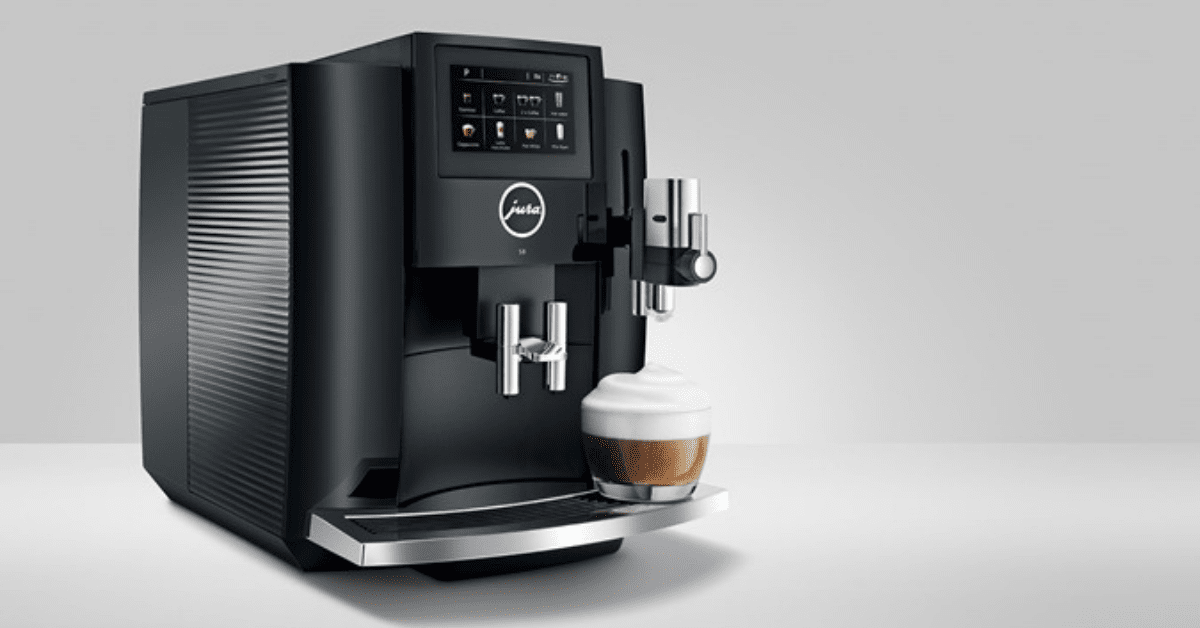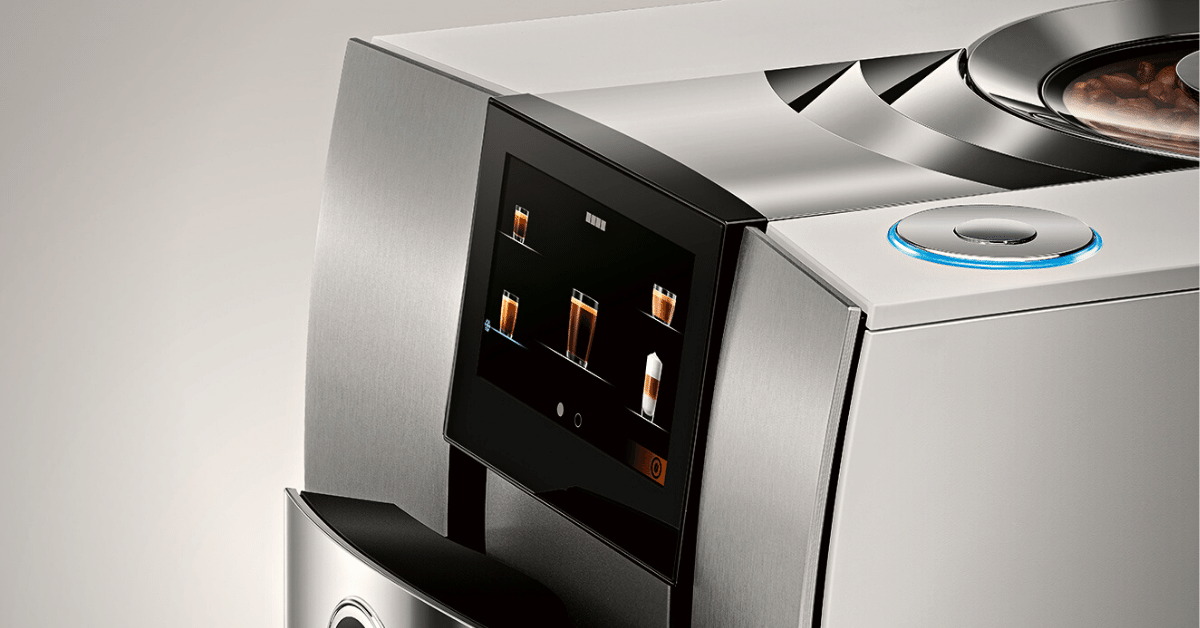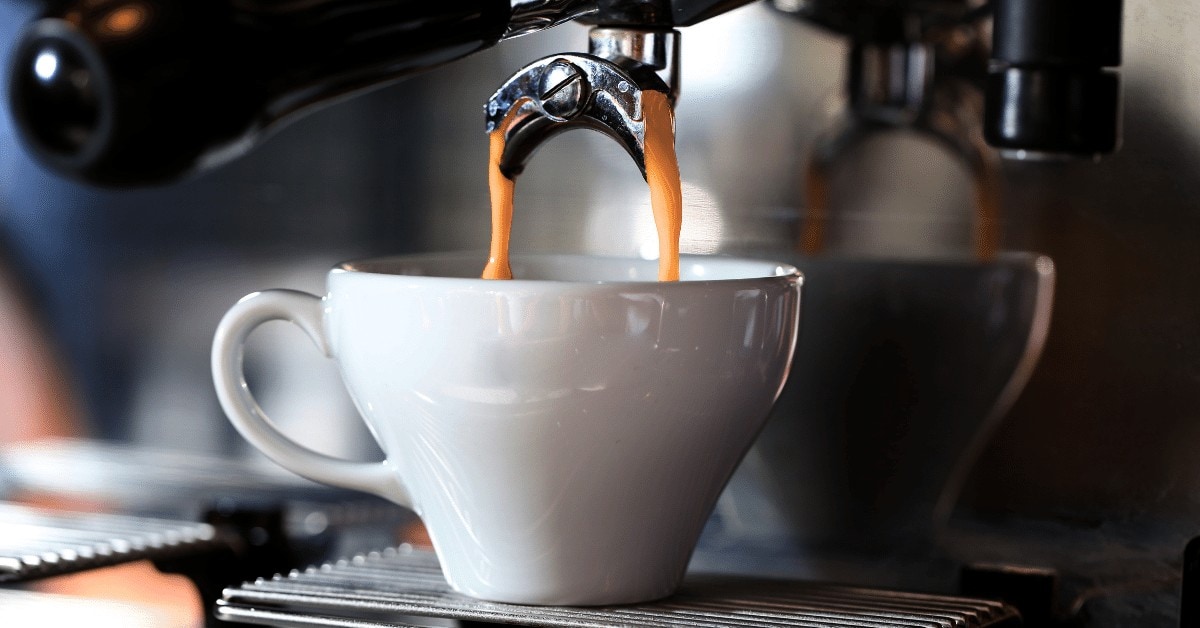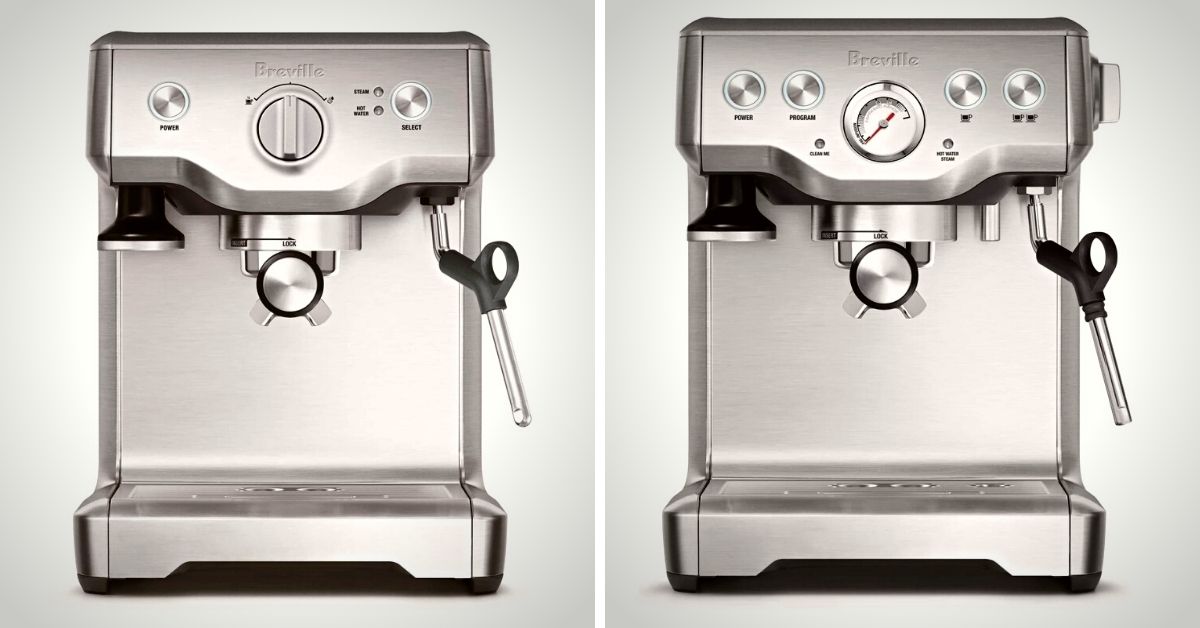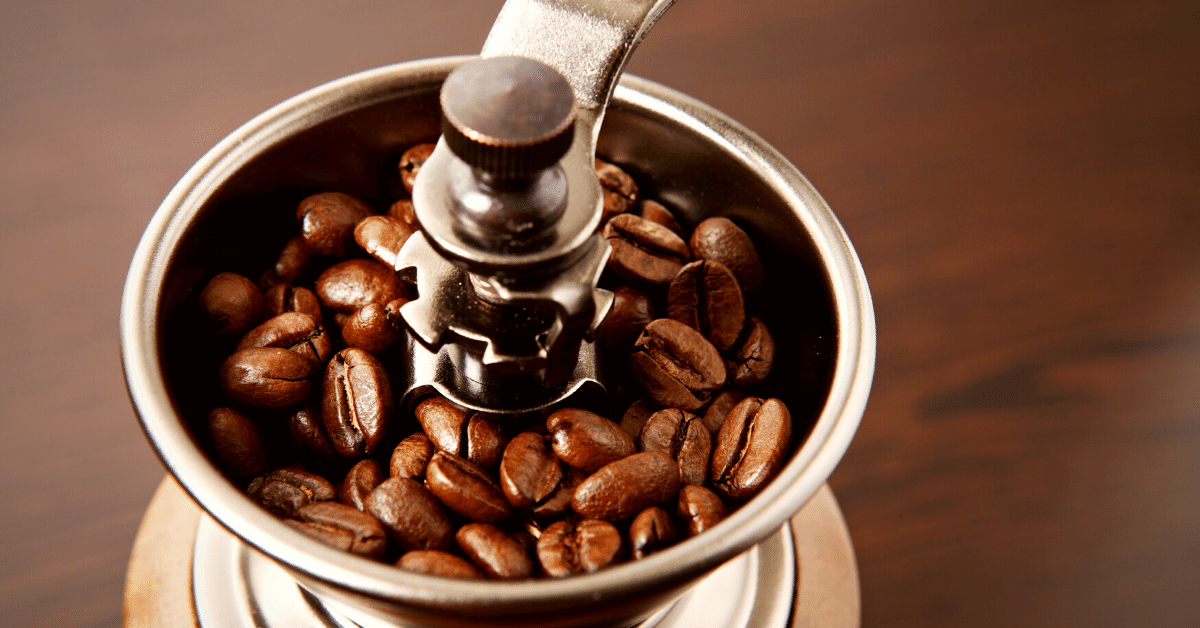What is Argentinian coffee, and how do you order it? Jump into our guide and discover the vibrant and flavorful world of Argentinian coffee.
Argentina’s coffee culture feels as alive as rhythmic tango beats. Paired with Argentinian delicacies such as tostado and empanadas, you’ll have a wonderful eating experience right after your siesta.
The most popular Argentinian coffee is a cortado, which is an espresso with steamed milk. However, there is so much more to Argentinan coffee culture to discover.
As a coffee enthusiast, I am enchanted by its diversity, and I will gladly tell you all about the history of Argentinian coffee, how to order it, and how to make it at home.
If you like Latin coffee culture, check out our guide on the best South American coffee beans.
Now, let’s dive into the world of Argentinian coffee!
A Short History Of Argentinian Coffee

You may be surprised to hear that Argentina is not on the list of top coffee-producing countries. In fact, most of the coffee beans in Argentina are imported from Brazil. However, coffee has a special place in Argentinian culture nevertheless.
Since about 62% of Argentinians have Italian ancestry, it’s clear where this love for coffee is coming from. Italian immigrants brought the espresso to the country, and soon enough, the culture of lingering over a cup of coffee in local cafes was born.
The first coffee house, Cafe Tortoni, was opened in 1858 and still exists in Buenos Aires. Fast forward a couple of hundreds of years, Argentina welcomed the first Starbucks in 2008.
Today, cafes and coffee shops populate Buenos Aires and all of Argentina.
How To Order Argentinian Coffee?
So, what do you do when you visit an Argentinian coffee shop? I’ve got your back. Here are some of the most popular (and the best) coffee options you must try.
Cortado
The classic cortado coffee is the most popular drink by far in these establishments and Argentinian homes. They say a trip to the country wouldn’t be complete without a taste of this cup.
The word “cortado” comes from Spanish and means “to cut.” This refers to the milk that’s meant to “cut” through the espresso. Essentially a shot of espresso with equal steamed milk, Cortados don’t have a microfoam layer.
Thus, it’s easier to make than lattes and cappuccinos, as you only need a basic espresso set-up. If this reminds you of macchiato, you are on to something. However, check out our macchiato vs cortado guide to learn the difference.
Café En Jarrito
If you find the cortado too small, go with its big brother. Its name is jarrito, which means little jug or jar. The café en jarrito contains two shots of espresso served with milk, served in a small mug.
Lagrima
Lagrima, which means teardrop, is a kind of an inverted cortado. Instead of espresso with a bit of milk, Lagrima is milk with a bit of espresso.
Café Con Leche
For other fans of coffee on the milkier side, Argentina presents the Café con Leche. It’s a comforting blend of espresso and steamed milk, perfect for those who want a mellower coffee experience.
Carajillo

If mellow is not your game and you prefer a much stronger kick, try the Carajillo. It’s a mix of espresso and a shot of Licor 43 ( a sweet and spicy Spanish liqueur). It reminds me of Irish coffee.
Café De Olla
The spiced coffee delight called Café de Olla is popular in the country’s northern provinces. Brewed with cinnamon and piloncillo, or unrefined brown sugar, it’s an aromatic cup that warms the body and soul.
Café Con Crema
Café con crema is, as the name says, a coffee with cream. It’s like a cortado with cream instead of milk.
Café
If you want a plain coffee, ask for a café or a café chico. This is just a shot of espresso served in a small cup.
Capuchino
No, it’s not a typo. Argentinians call their cappuccino – capuchino. However, it’s the same drink: espresso with steamed milk and foam sprinkled with cinnamon or cocoa powder.
Americano
If you like to sip black coffee but a café is too small for you, get the well-familiar Americano. It’s an espresso diluted with hot water, resembling drip coffee. However, they are quite different, so make sure to check out our Americano vs drip coffee guide to learn more.
Submarino
Submarino is not a coffee but a traditional (and yummy) drink in Argentina. The name means “submarine” in Spanish. The name probably refers to the bar of dark chocolate, which is submerged and melted in a glass of hot milk.
Yerba Mate
Another non-coffee but the must-try drink is yerba mate. It’s actually the single most popular beverage in Argentina. Yerba mate is a native South American plant used to make a drink called Mate.
They traditionally serve it in a container made from Calabash fruit, and you drink it with a metal straw. It’s caffeinated, so you will get a fair energy boost even though it’s not coffee. It’s a bit similar to green tea, but take a look at our green tea vs yerba mate guide to learn the difference.
Exploring More About Argentinian Coffee
It’s only natural if all this stimulating talk about Argentinian Java makes you want to pack your stuff and catch the next flight there. Before you book your ticket, make sure to have a clear plan of where best to go.
Read on to know the must-visit coffee places in Argentina and the best they offer.
Salta
In the northern part of Argentina sits the province of Salta. Its landscape features high-altitude valleys where coffee cultivation thrives. The region’s combination of favorable climate and fertile soil creates the optimal conditions for growing Arabica coffee beans.
That gives Salta’s signature coffee a taste unlike any other. It presents balanced acidity, medium body, and vibrant flavors with hints of citrus and floral notes, which befit the region’s scenic landscapes.
Jujuy
Adjacent to Salta is the province of Jujuy. While still ways away from Salta in terms of popularity, Jujuy is quickly making a name for itself thanks to its high-quality Arabica coffee beans.
Thanks to the region’s cool mountainous climate and rich volcanic soil, these beans come to life with exceptional flavors. Jujuy’s coffee is characterized by its smoothness, delicate acidity, and subtle fruity undertones.
Tucumán
There is also a rich coffee culture in eastern Argentina, particularly in Tucumán. The province has a long and storied history of coffee cultivation, being known for its traditional farming practices. That means to this day, there are mostly no shortcuts in the process of creating coffee that for centuries has delighted locals and foreigners alike.
The coffee produced here showcases a full-bodied profile with deep chocolatey and nutty aromas, making for the perfect cup to savor on a relaxed afternoon under the Tucumán sun.
Buenos Aires
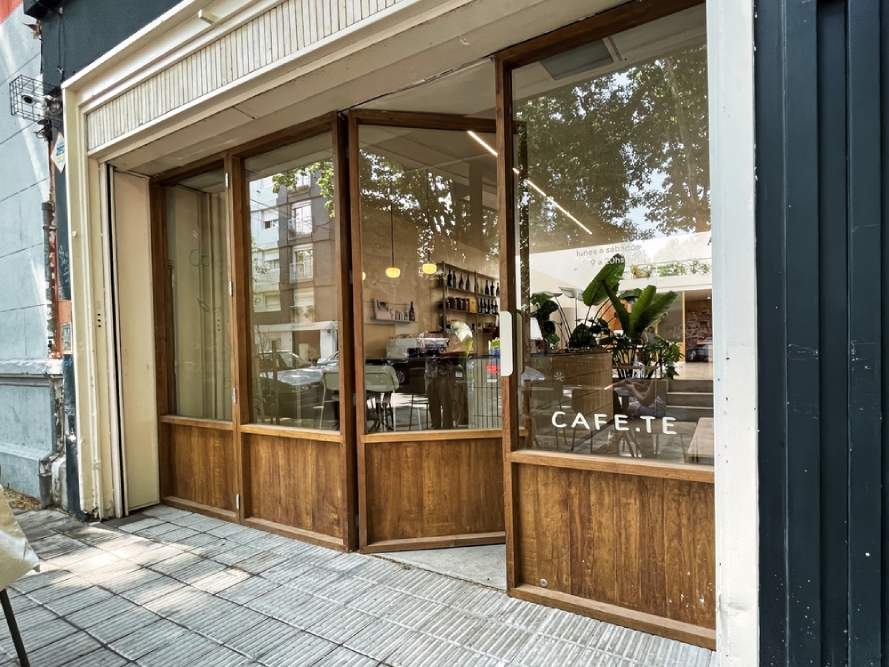
This list won’t be complete without mentioning Buenos Aires as a priority stop for visiting coffee lovers in Argentina. While Argentina is not a coffee-producing country like many of its neighbors, it has plenty of roasters, many of which reside in the Argentinian capital.
You’ll find roasters that offer different brews in almost every corner of Buenos Aires, particularly in the scenic barrio of Palermo. Aside from roasters, there’s also a plethora of delicious specialty coffee in the Argentinian capital that you should definitely check out.
Brewing Your Own Cup Of Cortado
Here are five easy steps to make your own cortado and enjoy Argentinian-style coffee at home.
Step 1: Prepare The Beans
Begin by preparing your fresh coffee beans, which you need ground on a fine setting. Make sure to get the measuring and tamping of the coffee grounds right. Then, put the portafilter containing the coffee grounds into the espresso machine.
Step 2: Pull A Double Shot
Proceed by extracting two shots of espresso from your machine. That’s just the right amount to keep you up late for work or school without coming off as too strong, like a straight espresso. That is why cortados sit in the sweet spot for many coffee lovers.
Step 3: Steam The Milk
The balance between the espresso and milk in a cortado is 1:1, primarily to reduce the acidity of the espresso. With that in mind, you want the amount of milk to be as close to two ounces as possible.
Step 4: Pour The Milk
Simplicity is king in this step. No fancy tricks. Just carry on with a simple, gentle pouring of the milk over coffee, and you’re good.
Besides, the warm milk in the cortado is steamed, which means it doesn’t have as much froth or milk foam as other coffee beverages.
Step 5: Enjoy Your Cup Of Joe
The fifth and final step involves enjoying your cortado and being instantly transported to Argentina with a sip. Consider serving in a short ceramic mug for the full effect!
Cortado Recipe Box
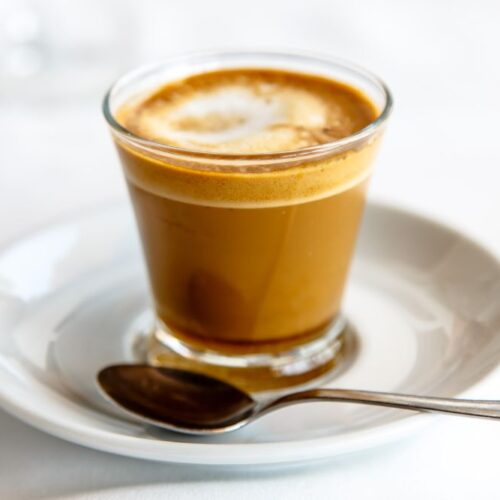
Cortado Coffee Recipe
Equipment
- Espresso machine
- Grinder
- Short ceramic mug
Ingredients
- Coffee beans
- 2 oz milk
Instructions
- Grind the coffee beans to a fine espresso grind.
- Fill the portafilter and tamp the coffee ground.
- Pull a double espresso shot.
- Steam 2 ounces of milk, making sure the milk is only steamed, not frothed.
- Pour the milk into the coffee in a 1:1 coffee-to-milk ratio.
- Serve it in a short ceramic mug, and enjoy!


